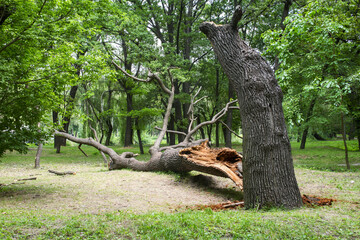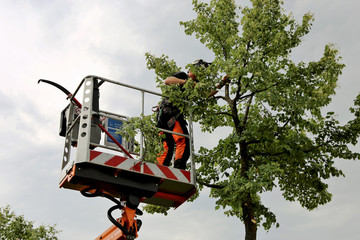
What You Need to Know About Tree Removal
Tree Removal is an important process when you want to get rid of a tree, and there are many different reasons why you might need to have it removed. Whether the tree is growing on your property, is in the way, or is causing problems, it may be best to have it removed. You may also need tree removal if the tree is growing under a power line, on a steep slope, or in a rocky area.

Tree removal experts have the right equipment and experience to handle tree removal safely and efficiently. They can help you decide which trees need to be removed and can even recommend the best removal method, including whether or not to damage any wires or other infrastructure.
Many factors determine the cost of tree removal. The size and type of tree will influence the cost as well. Small trees will cost less to remove than larger ones, and the process will take less time. Small trees usually have smaller trunks and easier-to-remove branches. Some of the smaller species can be removed in a day or two. Dogwood, Japanese maple, magnolia, and juniper are examples of small trees.
Costs of tree removal vary from state to state. Some areas require permits before removing the tree, while others do not. Permit prices typically range between $60 and $150. There are also different requirements and environmental laws in different states.
Several factors can affect the cost of tree removal. Large trees, for example, typically have wider trunks and will cost more to remove. A 60-foot-tall tree will typically cost $800 to $1,500 to remove. A homeowner can save money by removing several smaller trees instead of one large tree. Large trees can also damage lawns, pipes, driveways, and home foundations. The size of the tree is also a factor. A 40-foot-tall pine tree will cost around $400 to $800 to remove. A 100-foot-tall oak tree may cost $1,500 or more. Smaller maple trees, such as sugar maples, will cost less than larger trees.
In many states, a tree removal permit is necessary before you can cut down or trim a tree. While these permits can vary from state to state, two major governing bodies generally govern the procedure. These bodies are called councils, and they use two main criteria to determine if a tree should be cut down: the Tree Preservation Order and the Local Environment Plan. Some trees are protected species and can only be cut down if they are dead, diseased, or dangerous to people or property. Different councils also have different regulations, so check the regulations for your area.
While some do not require a permit, several regulations apply to tree removal in certain circumstances. In most instances, trees on private property are not subject to regulations, but those within 50 feet of a stream may be. In addition, trees that are part of a community development’s design review process may not be removed without a permit.
The cost of stump removal varies depending on the diameter of the stump. Generally, this additional cost ranges between two and three dollars per inch. Some companies offer discounts if several stumps are removed. The process can take anywhere from three to four hours, depending on the size of the stump and its location. Depending on the type of tree, the stump can be removed yourself or with the help of a professional.
Depending on the size of the stump and the difficulty of the removal, a professional can charge an average of $50 to $200. Some companies charge an hourly rate, while others charge a flat fee per unit. Some contractors charge by the average diameter of a stump, so a customer may pay $150 an hour for 200 stumps of 12 inches each. If the stumps are larger in diameter, the cost will be lower. The contractor may charge extra for equipment.
Planning is an essential component of the process if you need tree removal. It should begin with a site visit, during which a tree removal team will assess the situation and develop a plan. They will also decide on safety measures to be taken. You and the company will probably agree on the total service price during this time.


